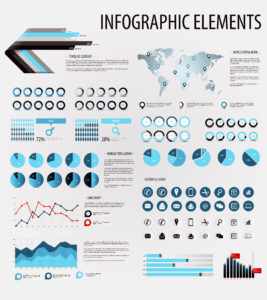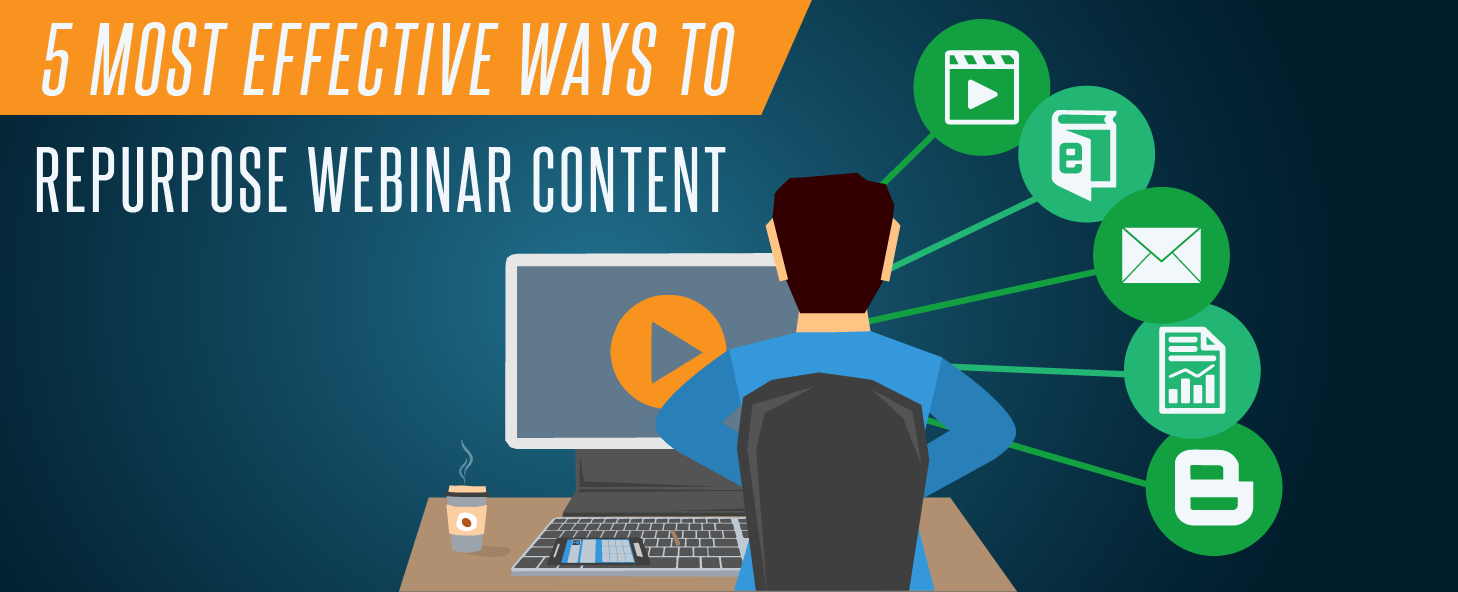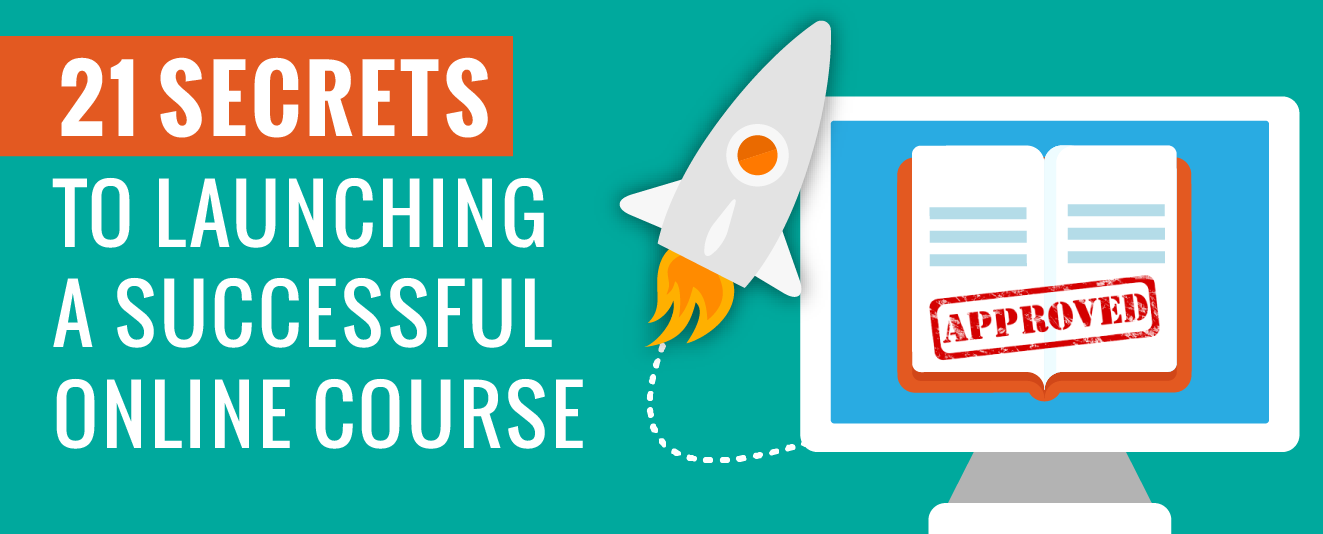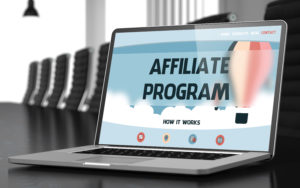Over the last year or so, you have most likely heard about and probably even watched a webinar presentation online, or two or eight.
Webinars have become one of the most effective ways to educate an audience on your area of expertise. And establish your position of “knower of a few things” in that particular area. They’re a great way to distribute content in a one-to-many fashion and simultaneously build your list of prospective customers.
Whether they last 30 minutes or 90 minutes, chances are, if you’re doing them well, they are packed with valuable content, powerful testimonials and great offers for those who are ready to take action.
But…
Webinars are NOT an overnight production. They can take days or even weeks to organize and develop into the masterful presentations they become.
So…
How do you make the best use of your webinar content after spending countless hours in creating it? How do you make that webinar work for you, create more business and nurture your leads and customers… over and over again?
You repurpose it!
As a boutique digital marketing agency with high-end clients, we understand the value of a high-performing webinar AND the secret value of reusing the content to reach and connect with new audiences, build a larger list and convert more sales. Just using all that content for a webinar is almost a shame.
Over the last few years, we have locked arms with a number of our clients on their webinar campaigns and had tremendous success in repurposing their content. Some ways work better than others but it all depends on the specific content you are teaching and who your audience is.
There are many reasons why we believe, with numbers to back it up, that using your content from a well-planned webinar is a smart, strategic move…
First, it allows you to work smarter, not harder. So many people feel the need to create so much new content in a short amount of time rather than diving deeper in the content they have created in the first place. And not only that, but to a potential customer just learning about your area of expertise, small chunks of content pulled from a very large, long webinar, can be FAR more easily digested and retained.
Secondly, it allows you to stretch your resources by leveraging multiple types of content formats. In laymen terms, there are a lot of different types of learners out there – visual, auditory, read-write and kinesthetic. By repurposing your content onto and into different formats, you are able to reach a larger audience in their preferred style.
But what does this look like? Exactly how do you suggest I play chop-shop with my webinar?
Glad you asked!
Below are the 5 most popular and most effective ways to take the quality content from your webinar, chop it up and double, triple or even 10x your audience.
1. Truncate webinar recordings into short videos
Let’s be honest, in today’s fast-paced world, most people don’t have 60-minutes at once to sit down and consume a webinar. However, that doesn’t mean they don’t need that dish of awesome business that you’re serving.
One of the best ways to share your products, services & solutions with those who aren’t able to watch your presentation, is to chop it up into short videos! By doing so, there are a number of ways you can utilize the content; uploading them onto youtube, creating video tutorials, using them as free resources on your website and more!
With more than 10 hours of media being consumed per day in the U.S. alone, and a growing amount of that time devoted to videos on devices (not just TV) , you simply cannot go wrong by turning your hard work video content. Think shorter, more accessible videos that spread like seeds across the social networks.
2. Turn it into an email campaign
With over 1 billion business-related email accounts out there, and over 50% of emails being opened on mobile devices in 2016, go ahead and leverage the power of email marketing! Put the content of your webinar before your leads’ eyes again!
There are two ways you can turn your webinar content into an email campaign…
First, let’s continue with the idea of videos. Once you have chopped up your webinar into smaller clips, extracting the 3-5 key elements of your presentation, you can build a 4-6 day email campaign around it.
 How? Simple.
How? Simple.
Let’s say you discuss four major take-aways and solutions during your webinar. Your next step is to cut out the sections where you discuss these in the webinar and break them up into four videos. Make sure they are no longer than five minutes each. Now you’re delivering a deep dive of value and information on your given topic. Once complete these videos will produce about 15-20 minutes worth of video footage to use for your email campaign.
After the videos are prepped, create an email campaign, which can run from 4 – 14 days and encourage people to view the videos. From there the possibilities are infinite between tracking and follow-up.
This is a great way to reuse masterful webinar content, engage with the audience and deliver value to those who may not necessarily have shown up for the full viewing.
3. Turn leftover Q+A into a blog
Most webinar platforms today offer the ability to engage with your audience LIVE during the webinar through a chat box or question & answer section. If you haven’t used it yet, be sure to play with this feature on your webinar platform. Direct questions and feedback become huge resources post-presentation, as I will show you in a minute.
Imagine having the ability to directly engage with your viewers, ask them questions, create suspense and make an online experience not only interactive but more fun? THAT is what you create for your webinar attendees when you utilize the chat/Q&A feature of your webinar.
But it gets even better.
Save the questions that get asked in the Q+A box during your presentation. I don’t care how; get a report emailed to you, download the chat weekly from your evergreen webinar, write those babies down, but store them somewhere safe! These are gold.
After you have settled in from all the excitement and successful results you created from your live webinar stream, take out the list of questions. As you read them over, watch for common themes, questions asked repeatedly, and perhaps more information you could have delivered that would have helped make the answers more obvious. Some of these might be “where do I click to buy?” Those are the questions I am talking about. I’m talking about “but how did you do that with your X product?” And other conceptual based questions that inquire about your  product and/or service. These people have done a beautiful thing; they’ve set you up to tell them more about what you and your business can do for them!
product and/or service. These people have done a beautiful thing; they’ve set you up to tell them more about what you and your business can do for them!
Almost needless to say, over the next few weeks it would be extremely advantageous to compose a few different blog articles based around the questions you received.
Chances are if one person asked a question – at least one or two others had the same question. So for what reason would you not use that to your advantage?
Give some insight into the questions that were asked on the presentation. The sooner the better as the content is still pretty fresh in your viewer’s mind and may still be on the fence for purchasing your product or service. If you were REALLY motivated, you’d then take those blog posts and actually create some retargeting campaigns to the audience that viewed but did not buy.
The biggest benefit to repurposing your webinar content into a blog article (or more), is to keep the lead (viewer that did not buy) engaged. Your job is to take this content and give them even more value in new ways. Always be thinking: how can I reach my potential customers today? This is the very reason we repurpose the webinar in the first place.
BONUS: You have, or at least should have gathered, all of your webinar attendees’ email addresses and added them to your list. Now send out an email with a link to the newly posted blog article on your site!
4. Create an ebook
Ebooks are a great way to deliver content to your audience, and reformatting those key elements from your webinar is one of the easiest and most effective!
For a small fee you can have someone transcribe your webinar and either edit it yourself or have a copywriter do so. Easy as that!
This is a great resource both for attendees of the live presentation as well as a new audience that you can market the ebook to. Either way, its an easy way for you to churn out more quality content that your audience can consume on THEIR time in a format they may like better than the original video.
BONUS: Send this out as a free gift to those that attended your webinar!
5. Create an infographic from your webinar’s core concepts
 Infographics are one of the most effective and concise ways to deliver insight and value to an audience. They’re sexy, simple to understand, fun to consume, effective,informative, can be printed, and often get shared organically on social media.
Infographics are one of the most effective and concise ways to deliver insight and value to an audience. They’re sexy, simple to understand, fun to consume, effective,informative, can be printed, and often get shared organically on social media.
The best way to create an infographic from a webinar is to take the key 3-5 concepts that you shared, as any good webinar should have, and break each one down into a few bullet points or sentences that get the overall message across. Obviously, a 1 page infographic isn’t going to reveal every point made on an hour-long webinar, but the purpose of an infographic is to get the main points across in an effective and well-illustrated manner. Actually, to illustrate this VERY point, we’ve gone one step farther and made you an infographic from this blog. Grab your own copy here.
It’s important to remember that repurposing content doesn’t mean that you simply copy and paste the same message into a different format. You will want to make an effort to personalize each version so it fits the platform you’re publishing it on. Remember, your leads, customers and colleagues will respect you for the quality of what you distribute, not how much. Now get repurposing!
Read More...



 In fact, many of our clients sell their course before they have even created it!
In fact, many of our clients sell their course before they have even created it!  When you get to the techy stuff (integrations galore can appear out of nowhere), some of it can take long hours and you don’t want to leave it to the last minute.
When you get to the techy stuff (integrations galore can appear out of nowhere), some of it can take long hours and you don’t want to leave it to the last minute.  Most of these partnerships will require you to do most of the work; have the product created, already sold (with data to prove it), have email campaigns deploying, established webinars, etc. Many affiliate partnerships will only involve an affiliate emailing their list with an email
Most of these partnerships will require you to do most of the work; have the product created, already sold (with data to prove it), have email campaigns deploying, established webinars, etc. Many affiliate partnerships will only involve an affiliate emailing their list with an email  How much does this cost?
How much does this cost? Whatever your product or service and however you want to slice the pie, there are still going to be a number of email sequences that have to be drafted, edited and added to your autoresponder, and this takes some time!
Whatever your product or service and however you want to slice the pie, there are still going to be a number of email sequences that have to be drafted, edited and added to your autoresponder, and this takes some time!
 You’ve come too far!
You’ve come too far! your first week is really lousy, unengaging and uninformative, you may be doing some refunds.
your first week is really lousy, unengaging and uninformative, you may be doing some refunds. 

 It really doesn’t matter how many times you test the sequences and all the tech stuff associated with an online course launch, things will go wrong (aka – $h*t happens).
It really doesn’t matter how many times you test the sequences and all the tech stuff associated with an online course launch, things will go wrong (aka – $h*t happens).